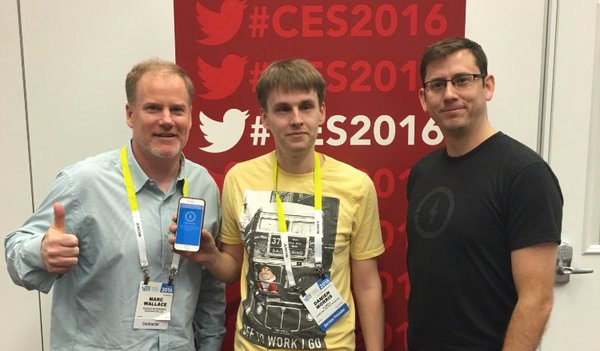Radius Networks Developer Blog
A Few Notes About the CES 2016 Beacon Scavenger Hunt
Marc Wallace 07 Jan 2016 Permalink
The folks over at Make Magazine have posted about their efforts to hack the CES 2016 Beacon Scavenger Hunt.
We wanted to share our response with you:
Hey Alasdair and Sandeep, Marc Wallace at Radius Networks here.
A few comments on your post:
1. Hacking the Scavenger Hunt
The purpose of the Scavenger Hunt is to encourage attendees to explore areas of the show floor that they might otherwise have missed. If you complete the scavenger hunt, you get a token that you can present at the CES office and win a prize.
For the top prize winners, we use a procedure to validate that they actually visited the scavenger hunt locations at CES. Simulating the beacons at your desk generates a token in the mobile app, but it doesn’t mean you completed the scavenger hunt. It just means you missed out on seeing some really cool stuff at CES.
2. Tracking of Attendees
Radius Networks and CTA take mobile privacy very seriously. Beacons are used to generate venue foot traffic analytics which do not contain personally identifiable information.
Also, the message that was pictured and described as creepy, and possibly as a result of tracking using beacons, has nothing to do with our beacon implementation.
3. Indoor Navigation Beacon Information
In addition to scavenger hunt beacon information, you also accessed indoor navigation beacon definitions with related lat-long information. These beacons are in support of our extremely successful indoor navigation implementation at CES. As with the scavenger hunt beacons, this information is not considered sensitive, and the identifiers are essentially public information.
As a general approach, it’s important to use the appropriate security mechanisms for the sensitivity of the information involved. We feel we accomplished this for CES, that the integrity of the Scavenger Hunt has been maintained, and that attendees at CES will continue to enjoy the benefits of the beacon network.

Marc and Chris with the CES 2016 Scavenger Hunt Grand Prize Winner, Damien.